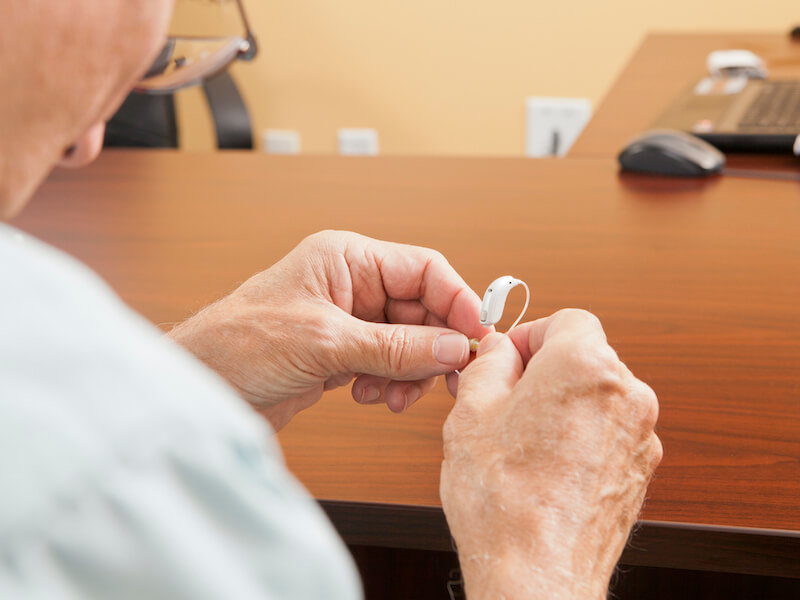
You take good care of your hearing aids. When you go to sleep, you always put them snuggly on the charger and you clean them daily.
But you get pretty discouraged when your hearing aids suddenly stop working the way they used to. There are a few things you can do to diagnose the problem, luckily. Not doing any more damage is your number one priority so you won’t have to replace them.
Hearing aid troubleshooting
You kept the owner’s manual that came with your shiny new hearing aids, right? Hopefully, you did so that you can check with your owner’s manual to perform maintenance and troubleshooting. Every model of hearing aid can be somewhat different so it’s essential to follow the manual’s recommendations.
Here are some things you can check on most models:
- Keep your microphone clear: Check your hearing aid to see if anything is blocking the microphone. A blocked microphone can create feedback or can cause your hearing aids to sound broken or silent.
- Wax accumulation: Perform a visual check of your hearing aid to ensure that there is no wax accumulation interfering with basic functionality. Wax can accumulate quickly even if you clean your hearing aids regularly so make sure you double check.
- Check your battery: You’ll still want to check the battery power even if you had your hearing aids on the charger at night. If your hearing aid has replaceable batteries, it might not be a bad plan to check if those batteries are correctly inserted or if a new one fixes the issue.
- Check for visible damage: Do you observe any visible cracks or loose components around the shell of your hearing aid? Cracks, obviously, could indicate more extensive damage (or allow in moisture).
Again, consult your owner’s manual on how you might address each of these issues. Self-maintenance is sometimes possible.
How will I know when my hearing aid needs repair?
If your hearing aid continues to malfunction after you’ve performed basic maintenance and troubleshooting, it’s likely that your hearing aid will need to be professionally repaired. That might not always sound appealing, after all, you rely on your hearing aid for day-to-day communication (not to mention dinners with your family, keeping up to date with your favorite Netflix series, and so on).
It’s certainly worth noting that “repair” doesn’t necessarily translate into “mail your hearing aids in for service and wait a few weeks”. In some cases, we can fix your hearing aid in office while you wait.
Or, you’ll be able to take your hearing aids in for professional assistance and get them back in a matter of a few hours (this, obviously, depends on the extent of the damage, all the more reason to bring your devices in for repair as soon as you can).
But rapid repair won’t be possible in all cases. And in those situations, you might find yourself in need of a backup pair of hearing aids. So if you have an old pair lying around, ask whether they will serve temporarily. Or maybe we have a loaner pair you can borrow.
Don’t wait to get help with your hearing aids
It’s essential to have your hearing aid assessed and repaired if you begin to notice the sound quality is starting to fail.
Any degree of downtime needs to be avoided. Untreated hearing loss can impact your overall health, including your mental health. And it becomes all too easy to leave your hearing aids laying in a drawer somewhere while your hearing continues to decline.
The best way to keep your hearing healthy is to keep those hearing aids working. And the best way to do that is to clean them, keep them charged, and, when needed, take your hearing aids to get some professional help.